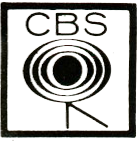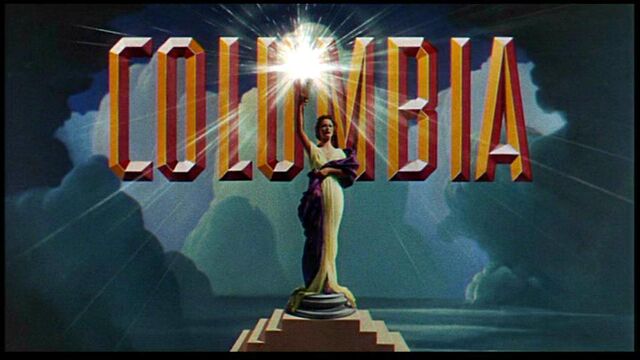I promised, back in August, to come back to a topic that has kept surfacing me over a number of years. When I started the Display Monitor newsletter, back in 1994, the undoubted king of the consumer electronics world was Sony. The company had been one of the great brands that came out of the Japanese quality revolution.
My interest as a youngster was in electronics – especially in audio and I had an uncle that had worked in the RAF as a radio operator and electronics specialist. After a period when he worked in Hong Kong in the 1960s, I remember him telling me that Sony was the best brand to go for in audio.
Of course, the company then built a great display business built on the unique CRT that it had – the Trinitron. I remember reading a book about Trinitron that described how the concept of “one gun, three beams” was decided upon – if I remember correctly, the decision was made because an executive had a tennis court booking and didn’t want to miss it. By accepting that decision, agreement could be reached in time for the match!
Anyway, Sony built a great electronics business and in 1987, Sony bought CBS Records which became Sony Music Entertainment. In 1989, Sony bought Columbia Pictures Entertainment to get into both TV and films as Sony Pictures Entertainment and in 2004 it merged its music business with Bertelsmann to become Sony BMG and eventually bought out Bertelsmann to fold it into Sony Music. The company also has Sony Online Entertainment, and a 50% stake in Sony/ATV Music Publishing and in 2012 added EMI Music Publishing, making it the largest music publisher, globally. It added Gracenote in 2008, although it sold it again in June this year. Many times, over the years, I have heard Sony executives point out that the ownership and control of content was a key advantage for Sony as a device maker. From an “evidence-based” point of view, it’s hard to see that Sony’s hardware business has actually done well because of this content ownership. Over recent years, there has been a continuous stream of bad financial news from the Sony hardware businesses.
Many times, over the years, I have heard Sony executives point out that the ownership and control of content was a key advantage for Sony as a device maker. From an “evidence-based” point of view, it’s hard to see that Sony’s hardware business has actually done well because of this content ownership. Over recent years, there has been a continuous stream of bad financial news from the Sony hardware businesses.
(Having said that, the demonstrations of consumer technology prepared by Sony often exploit not only the access to great content that Sony has, but also a deep understanding of how to make that content look really fantastic).
I would argue that, in reality, the interests of content providers and hardware makers are often completely opposed. Hardware device makers want as much content as possible at as low a cost as possible (free is ideal) so that buyers of the hardware can exploit their devices without additional costs. On the other hand, those that have invested in content (whether by developing it or acquiring it at great cost), want to ensure that the generate the revenues that they need.
Let’s take an example. Many DVD players are sold in the market as “region free” – I certainly wouldn’t buy one that wasn’t so equipped. In the past, I wanted to be able to buy DVDs in the US, if I was visiting, and still play them when I got home. Although movie studios and the DVD Copy Control Association insisted on regional control being in DVD players in some regions such as the US, hacks for disabling the controls are widely publicised and retailers are often happy to modify the DVD players for their customers. In fact, the resistance to regional coding meant that the Blu-ray system was much simpler, and Amazon shows that many Blu-rays (although not all) are supplied with no regional encoding. Of course, the development of MP3 players was helped by the release of content through Napster, allofmp3.com and Pirate Bay (which was finally (?) taken down just a couple of weeks ago.
- Columbia logo from the 1950’s
In recent years, Sony has looked as though it is sometimes working against the interests of the buyers of its hardware as it strives to restrict access to some content. I’m thinking here of the infamous “rootkit” episode. Last year, there was concern over possible restrictions on second hand PS4 games. This kind of problem has not surfaced for brands that “only sell the hardware”.
These kinds of move to protect content have not endeared Sony as a brand to those that think that “content wants to be free”. Given the interesting developments in the research on the relationships between brand and religious loyalty, that might be a problem! (and that’s another topic I may come back to!)
Access to content continues to be an enabler for new display technologies. Had there been a lot more compelling S3D content at the quality of Avatar (or the Life of Pi), 3D might have been more widely adopted in the home. There are those that think that the growth of UltraHD TV set share may be limited by a relative lack of content, although I think that the quality of the latest scaling technologies and the fact that, as David Barnes says, for LCD makers “Pixels are free” are more important factors in driving adoption. UltraHD will happen, content or not….
Bob


